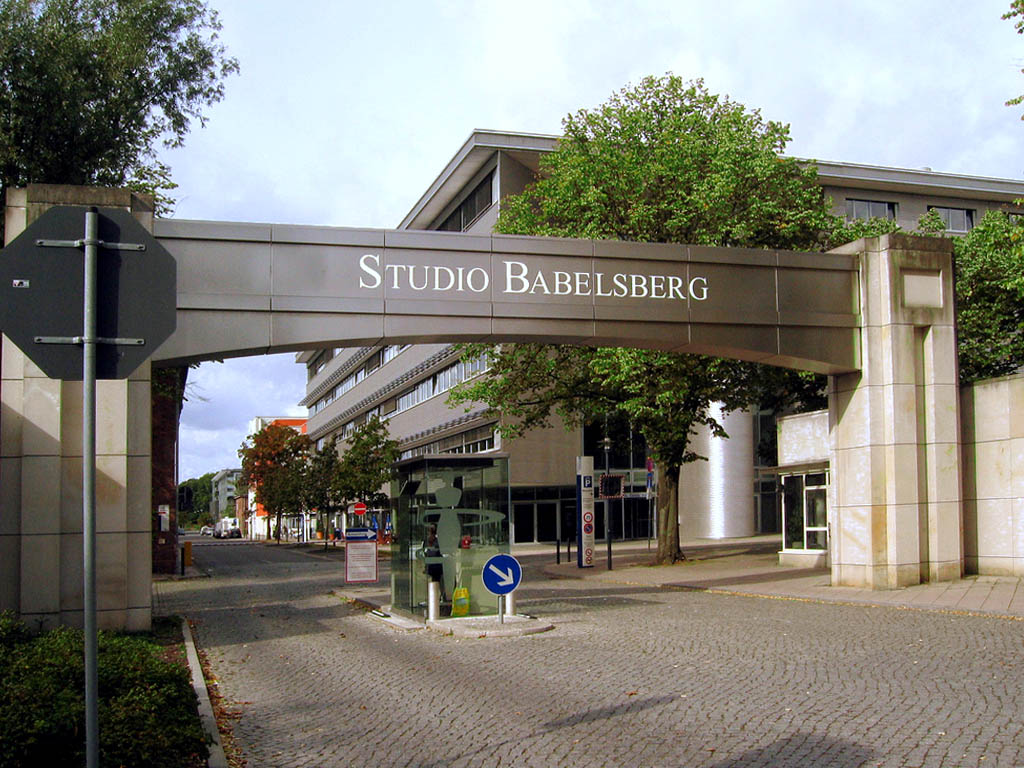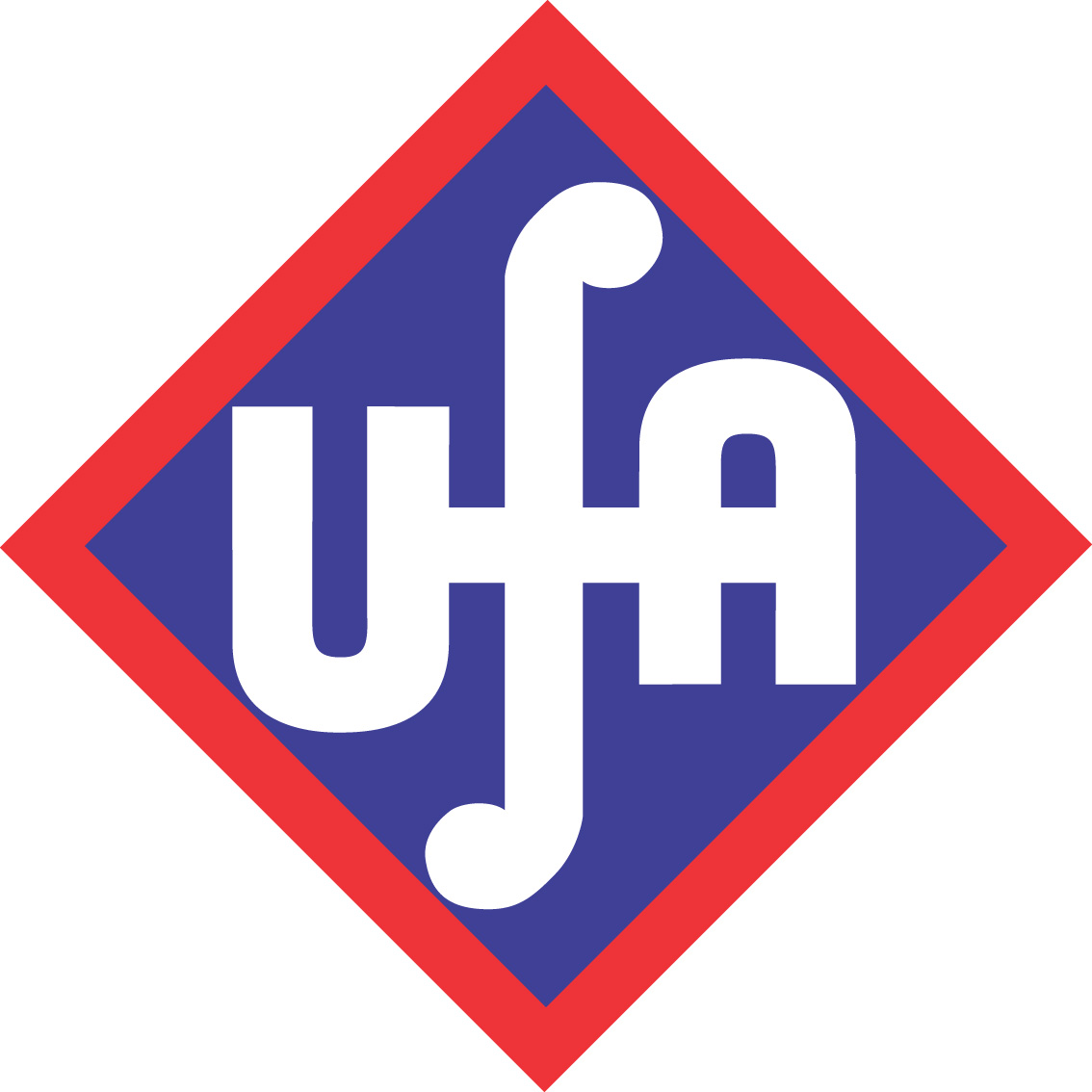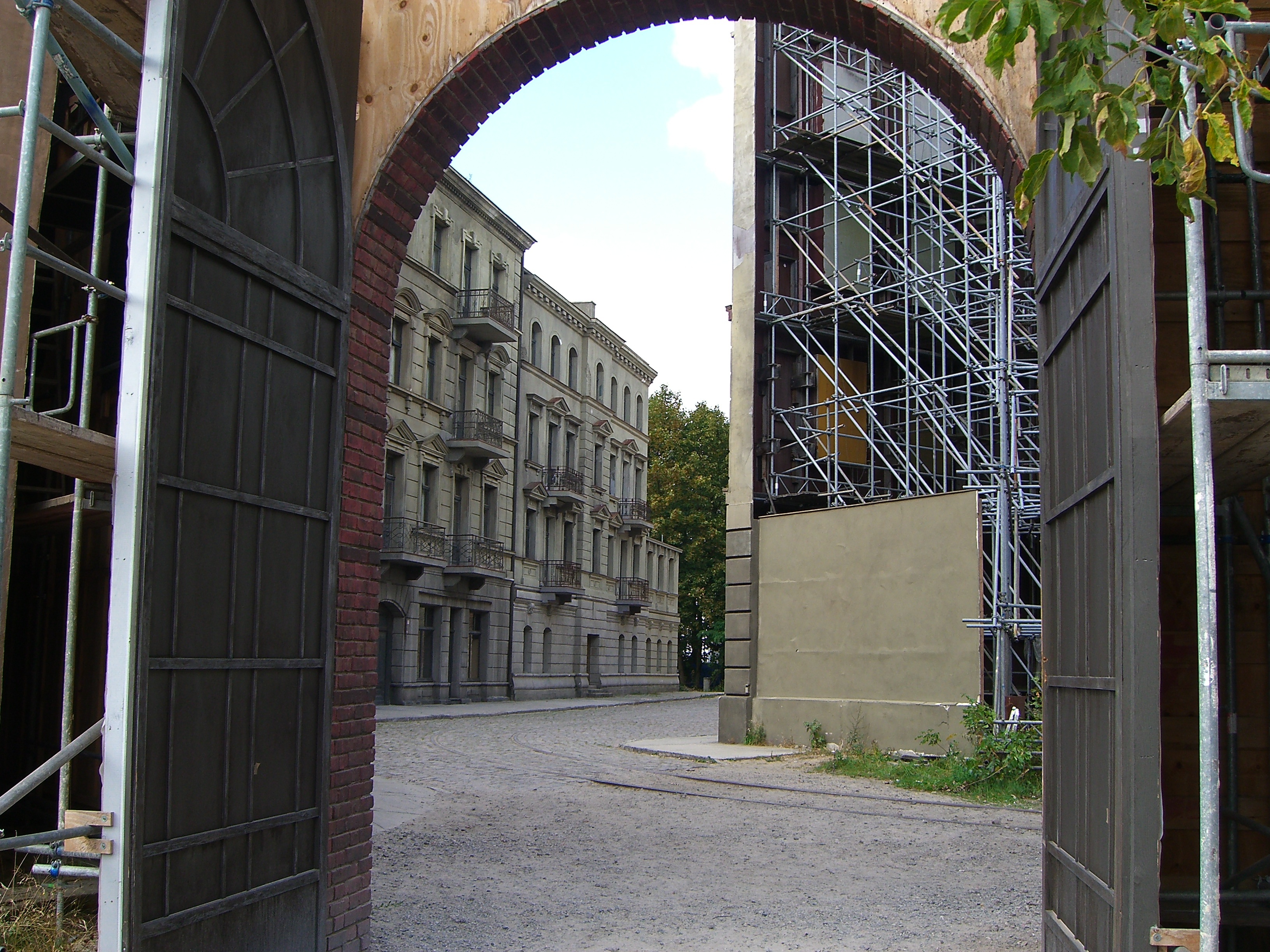|
Potsdam-Babelsberg
Babelsberg () is the largest quarter (''Stadtteil'') of Potsdam, the capital city of the German state of Brandenburg. The affluent neighbourhood named after a small hill on the Havel river is famous for Babelsberg Palace and Park, part of the Palaces and Parks of Potsdam and Berlin UNESCO World Heritage Site, as well as for Babelsberg Studio, a historical centre of the German film industry and the first large-scale movie studio in the world. History A settlement on the small Nuthe creek was first mentioned in the 1375 ''Landbuch'' (domesday book) by Emperor Charles IV of Luxembourg, who also ruled as Margrave of Brandenburg since 1373. Then called ''Neuendorf'' (New Village) after its former West Slavic name ''Nova Ves'', it was shelled several times and was severely damaged during the Thirty Years' War. In the mid-18th century the new village of Nowawes was founded by King Frederick II of Prussia and settled with Protestant Bohemian deportees, predominantly weavers who a ... [...More Info...] [...Related Items...] OR: [Wikipedia] [Google] [Baidu] |
Universum Film AG
UFA GmbH, shortened to UFA (), is a film and television production company that unites all production activities of the media conglomerate Bertelsmann in Germany. Its name derives from Universum-Film Aktiengesellschaft (normally abbreviated as ''UFA''), a major German film company headquartered in Babelsberg, producing and distributing motion pictures from 1917 until the end of the Nazi era. The name UFA was revived by Bertelsmann for an otherwise unrelated film and television outfit, UFA GmbH. The original UFA was established as Universum-Film Aktiengesellschaft on December 18, 1917, as a direct response to foreign competition in film and propaganda. UFA was founded by a consortium headed by Emil Georg von Stauß, a former Deutsche Bank board member. In March 1927, Alfred Hugenberg, an influential German media entrepreneur and later Minister of the Economy, Agriculture and Nutrition in Hitler's cabinet, purchased UFA and transferred ownership of it to the Nazi Party in ... [...More Info...] [...Related Items...] OR: [Wikipedia] [Google] [Baidu] |
Potsdam
Potsdam () is the capital and, with around 183,000 inhabitants, largest city of the German state of Brandenburg. It is part of the Berlin/Brandenburg Metropolitan Region. Potsdam sits on the River Havel, a tributary of the Elbe, downstream of Berlin, and lies embedded in a hilly morainic landscape dotted with many lakes, around 20 of which are located within Potsdam's city limits. It lies some southwest of Berlin's city centre. The name of the city and of many of its boroughs are of Slavic origin. Potsdam was a residence of the Prussian kings and the German Kaiser until 1918. Its planning embodied ideas of the Age of Enlightenment: through a careful balance of architecture and landscape, Potsdam was intended as "a picturesque, pastoral dream" which would remind its residents of their relationship with nature and reason. The city, which is over 1000 years old, is widely known for its palaces, its lakes, and its overall historical and cultural significance. Landmarks include ... [...More Info...] [...Related Items...] OR: [Wikipedia] [Google] [Baidu] |
Babelsberg Palace
Babelsberg Palace (german: Schloss Babelsberg) lies in the eponymous park and quarter of Potsdam, the capital of the German state of Brandenburg, near Berlin. For over 50 years it was the summer residence of Prince William, later German Emperor William I and King of Prussia and his wife, Augusta of the House of Saxe-Weimar-Eisenach, German Empress and Queen of Prussia. Along with the surrounding park and other parks in the area, the Babelsberg Palace was inscribed on the UNESCO World Heritage list in 1990 for its architectural cohesion and its testimony to the power of the Prussian monarchy. History The building, designed in the English Gothic revival style, was built in two phases over the period 1833–1849. The contract to plan the palace was given to the architects Karl Friedrich Schinkel, who was in charge of the works until his death, in 1841, Ludwig Persius and Johann Heinrich Strack. On 22 September 1862 in the palace and adjoining park the discussion between King Willia ... [...More Info...] [...Related Items...] OR: [Wikipedia] [Google] [Baidu] |
Babelsberg Studio
Babelsberg Film Studio (german: Filmstudio Babelsberg), located in Potsdam-Babelsberg outside Berlin, Germany, is the second oldest large-scale film studio in the world only preceded by the Danish Nordisk Film (est. 1906), producing films since 1912. With a total area of about and a studio area of about it is Europe's largest film studio. Hundreds of films, including Fritz Lang's ''Metropolis'' and Josef von Sternberg's '' The Blue Angel'' were filmed there. More recent productions include ''V for Vendetta'', '' Captain America: Civil War'', '' Æon Flux'', '' The Bourne Ultimatum'', ''Valkyrie'', '' Inglourious Basterds'', '' Cloud Atlas'', ''The Grand Budapest Hotel'', ''The Hunger Games'', ''Isle of Dogs'' and ''The Matrix Resurrections''. Today, Studio Babelsberg remains operational mainly for feature film productions. It also acts as producer on German productions and co-producer on international high-budget productions. Since January 2022 it has been owned by TPG Real ... [...More Info...] [...Related Items...] OR: [Wikipedia] [Google] [Baidu] |
Frederick II Of Prussia
Frederick II (german: Friedrich II.; 24 January 171217 August 1786) was King in Prussia from 1740 until 1772, and King of Prussia from 1772 until his death in 1786. His most significant accomplishments include his military successes in the Silesian wars, his re-organisation of the Prussian Army, the First Partition of Poland, and his patronage of the arts and the Enlightenment. Frederick was the last Hohenzollern monarch titled King in Prussia, declaring himself King of Prussia after annexing Polish Prussia from the Polish–Lithuanian Commonwealth in 1772. Prussia greatly increased its territories and became a major military power in Europe under his rule. He became known as Frederick the Great (german: links=no, Friedrich der Große) and was nicknamed "Old Fritz" (german: links=no, "Der Alte Fritz"). In his youth, Frederick was more interested in music and philosophy than in the art of war, which led to clashes with his authoritarian father, Frederick William I of Pr ... [...More Info...] [...Related Items...] OR: [Wikipedia] [Google] [Baidu] |
Hermann Muthesius
Adam Gottlieb Hermann Muthesius (20 April 1861 – 29 October 1927), known as Hermann Muthesius, was a German architect, author and diplomat, perhaps best known for promoting many of the ideas of the English Arts and Crafts movement within Germany and for his subsequent influence on early pioneers of German architectural modernism such as the Bauhaus. Early life Muthesius was born in 1861 in the village of Großneuhausen near Erfurt and received early training from his father, who was a builder. After a period of military service and two years studying philosophy and art history at Frederick William University in Berlin, he enrolled to study architecture at Charlottenburg Technical College in 1883, while also working in the office of Reichstag architect Paul Wallot. Early career Following completion of his studies, Muthesius spent 1887 to 1891 working for German construction firm Ende & Böckmann in Tokyo. [...More Info...] [...Related Items...] OR: [Wikipedia] [Google] [Baidu] |
Griebnitzsee
Griebnitzsee (, from the Slavic ''Grib'', ''Mushroom'') is a lake at the south-western outskirts of Berlin, the capital city of Germany. At an elevation of 29.4 m, its surface area is ca. 0.592 km². The lake forms the border between the German states of Berlin and Brandenburg. It is bordered in the north by the Wannsee district of Berlin, and in the south and west by the Babelsberg district of Potsdam in Brandenburg. Overview At its eastern end, near Kohlhasenbrück in Berlin, the Griebnitzsee receives water from the Teltow Canal. One third of this water flows into the adjacent Griebnitz Canal and through a chain of lakes towards the Großer Wannsee. The remaining water flows through the Griebnitzsee to its western end, where it flows into the River Havel near Potsdam. The length of the Griebnitzsee is navigable, and forms part of the Teltow Canal route that links the River Havel with the River Spree and the Oder-Spree Canal, bypassing the reach of the River Spree throug ... [...More Info...] [...Related Items...] OR: [Wikipedia] [Google] [Baidu] |
Harry Truman Villa Babelsberg
Harry may refer to: TV shows * ''Harry'' (American TV series), a 1987 American comedy series starring Alan Arkin * ''Harry'' (British TV series), a 1993 BBC drama that ran for two seasons * ''Harry'' (talk show), a 2016 American daytime talk show hosted by Harry Connick Jr. People and fictional characters *Harry (given name), a list of people and fictional characters with the given name *Harry (surname), a list of people with the surname *Dirty Harry (musician) (born 1982), British rock singer who has also used the stage name Harry *Harry Potter (character), the main protagonist in a Harry Potter fictional series by J. K. Rowling Other uses *Harry (derogatory term), derogatory term used in Norway * ''Harry'' (album), a 1969 album by Harry Nilsson *The tunnel used in the Stalag Luft III escape ("The Great Escape") of World War II * ''Harry'' (newspaper), an underground newspaper in Baltimore, Maryland See also *Harrying (laying waste), may refer to the following historical events ... [...More Info...] [...Related Items...] OR: [Wikipedia] [Google] [Baidu] |
Orenstein & Koppel
Orenstein & Koppel (normally abbreviated to "O&K") was a major Germany, German engineering company specialising in railway vehicles, escalators, and heavy equipment. It was founded on April 1, 1876 in Berlin by Benno Orenstein and Arthur Koppel. Originally a general engineering company, O&K soon started to specialise in the manufacture of railway vehicles. The company also manufactured heavy equipment and escalators. O&K pulled out of the railway business in 1981. Its escalator-manufacturing division was spun off to the company's majority shareholder at the time, Krupp, Friedrich Krupp AG Hoesch-Krupp, in 1996, leaving the company to focus primarily on construction machines. The construction-equipment business was sold to New Holland Construction, at the time part of the Fiat Group, in 1999. Founding and railway work The Orenstein & Koppel Company was a mechanical engineering, mechanical-engineering firm that first entered the railway-construction field, building locomotives a ... [...More Info...] [...Related Items...] OR: [Wikipedia] [Google] [Baidu] |
Industrial Revolution
The Industrial Revolution was the transition to new manufacturing processes in Great Britain, continental Europe, and the United States, that occurred during the period from around 1760 to about 1820–1840. This transition included going from hand production methods to machines, new chemical manufacturing and iron production processes, the increasing use of steam power and water power, the development of machine tools and the rise of the mechanized factory system. Output greatly increased, and a result was an unprecedented rise in population and in the rate of population growth. Textiles were the dominant industry of the Industrial Revolution in terms of employment, value of output and capital invested. The textile industry was also the first to use modern production methods. The Industrial Revolution began in Great Britain, and many of the technological and architectural innovations were of British origin. By the mid-18th century, Britain was the world's leadin ... [...More Info...] [...Related Items...] OR: [Wikipedia] [Google] [Baidu] |
Maria Theresa
Maria Theresa Walburga Amalia Christina (german: Maria Theresia; 13 May 1717 – 29 November 1780) was ruler of the Habsburg dominions from 1740 until her death in 1780, and the only woman to hold the position '' suo jure'' (in her own right). She was the sovereign of Austria, Hungary, Croatia, Bohemia, Transylvania, Mantua, Milan, Lodomeria and Galicia, the Austrian Netherlands, and Parma. By marriage, she was Duchess of Lorraine, Grand Duchess of Tuscany and Holy Roman Empress. Maria Theresa started her 40-year reign when her father, Emperor Charles VI, died on 20 October 1740. Charles VI paved the way for her accession with the Pragmatic Sanction of 1713 and spent his entire reign securing it. He neglected the advice of Prince Eugene of Savoy, who believed that a strong military and a rich treasury were more important than mere signatures. Eventually, Charles VI left behind a weakened and impoverished state, particularly due to the War of the Polish Succession and ... [...More Info...] [...Related Items...] OR: [Wikipedia] [Google] [Baidu] |
Habsburg Monarchy
The Habsburg monarchy (german: Habsburgermonarchie, ), also known as the Danubian monarchy (german: Donaumonarchie, ), or Habsburg Empire (german: Habsburgerreich, ), was the collection of empires, kingdoms, duchies, counties and other polities that were ruled by the House of Habsburg, especially the dynasty's Austrian branch. The history of the Habsburg monarchy can be traced back to the election of Rudolf I as King of Germany in 1273 and his acquisition of the Duchy of Austria for the Habsburg in 1282. In 1482, Maximilian I acquired the Netherlands through marriage. Both realms passed to his grandson and successor, Charles V, who also inherited the Spanish throne and its colonial possessions, and thus came to rule the Habsburg empire at its greatest territorial extent. The abdication of Charles V in 1556 led to a division within the dynasty between his son Philip II of Spain and his brother Ferdinand I, who had served as his lieutenant and the elected king of Hungary a ... [...More Info...] [...Related Items...] OR: [Wikipedia] [Google] [Baidu] |








